Phosphoric fertilizers belong to the group of mineral substances, which has a significant impact on the growth process of plants. The absorption of the necessary nutrients is carried out only in conditions of mineralization. This process is provided by various microorganisms living in the soil and fertilizers of organic origin. Phosphoric fertilizers contribute to an increase in yield and improving its quality. For example, the use of phosphoric fertilizer has a positive effect on the taste qualities of fruit-berry crops. We will tell about the varieties and features of the components in this article.
The value of phosphate fertilizers
Phosphorus is a component of complex proteins that perform important tasks in the vital activity of plant crops. The result of these proteins is the savings of moisture consumption and increase the resistance of plants to low temperatures. It is important when used correctly determine the norm of fertilizer, since both the deficit and excess of phosphorus are harmful to plants. It is also necessary to take into account the following factors:
- When placing phosphorus in the soil, special attention should be paid to the depth of the seal. Phosphoric acid has the ability to migrate. The top layer of the soil, as a rule, dries up and with an insufficiently deep room, the fertilizer of the plant roots will not be able to absorb the component to the fullest.
- In addition, the presence of nitrogen-phosphoric fertilizer in the soil significantly improves its biological and physical indicators.
- Phosphorus provides bacterial and colloidal - chemical processes, which increases the strength of the soil structure. The soil with a sufficient content of phosphorus is characterized by a good structure and activity of biological processes.
- Phosphoric fertilizers are made from apatite ores, which are part of phosphorus. They, in turn, are an element of agronomic ores.
There are two methods for the production of fertilizers based on phosphorus:
- The first method allows you to get fertilizers completely ready for use.
- As a result of the second method, intermediate products are formed - elemental phosphorus and phosphoric acid, which are substances for the production of fertilizer. The soil in its composition has a slight supply of phosphorus, most of which plants are not able to assimilate.
Rules for making and preparing soil
Mineral fertilizers phosphate can be absorbed by plants in an amount of up to 7%. To increase the ability of plants to absorb phosphates, the following measures are applied:
- For acidic soils use the calculation procedure. It helps severely soluble forms to move to an easily dismissed state. In alkaline ground, acidic substances contribute.
- To activate phosphoric acid use substances of organic origin.
- The cultivation of crops having a deep root system in combination with the action of hard-to-reach phosphates, contribute to the accumulation of those component connections that are accessible to plants and are well absorbed.
- Before performing fertilizer with phosphorus, certain nuances should be taken into account:
- soil type;
- her reaction;
- phosphorus content in the soil;
- biological characteristics of plants.
Solubility of phosphoric fertilizers
The effect of phosphates is determined by their solubility. For this criterion, fertilizers are divided into two categories:
- Water soluble - components with universal properties. They can be applicable both in acid and alkaline soil. The norm of their dosage ranges from 60 to 90 kg / ha. Making phosphate fertilizers must be made for a small depth.
- Extra-soluble fertilizers. Plants assimilate phosphorus from fertilizer data exclusively under the presence of acid. The substance of a hard-soluble type should be placed in the soil before planting crops on a greater depth and mix well. Making a significant amount of fertilizers will provide phosphorus plant cultures for several years. The soil enrichment time by phosphorus is determined by the period of treatment of deep layers.
Phosphoric fertilizers: types
- Superphosphate simple contains 19% phosphoric acid. It has a powder shape and is a water-soluble component. This fertilizer does not have a significant effect on the soil acidity indicator, differs in the highest speed relatively with other phosphoric fertilizers.
- Superphosphate double - features a high concentration of phosphoric acid. The content of this component varies from 36% to 52%. It is produced in a granular state, it has a gray color, the amount of digested phosphorus reaches 45%, and acidity - 2.5%.
- Tomasshlak - has a great content of phosphorus. This is an alkaline substance obtained as a result of processing ores. Used on soils with high acidity. Phosphorus in this form of fertilizers is contained in compounds of silicocarnathin and tetracalcium phosphate.
- Precipate contains 25% -35% phosphoric acid. Produced in a powdered state of white or light gray. Suitable for use on soils of any type.
- Vivianitis - iron ore blue. This fertilizer from the swamps is produced, where it is in the type of fluorine impurities. Its initial condition is a mass of gray, which, as a result of contact with air, changes its painting and becomes blue. And after drying - blue. The phosphorus content in the Viviore is 28%. But this amount decreases due to mixing with peat and is 3% -20%. Before use, the viruses must be pre-oxidized in air.
- Bone flour. It receives this fertilizer as a result of bone processing. The presence of phosphoric acid in the composition depends on the method of production. There is a low-fat flour with phosphorus content from 30% to 35%; Steamed, in composition is up to 25%. As well as flour with 15% phosphorus content. Acid in this fertilizer does not dissolve in water, weak acids are solvent for it.
- The Marten Slag is a fertilizer with a large alkali content.
- Phosphorite flour - has a form of fine powder of brown or gray, which contains up to 25% phosphoric acid. Dissolves in acids, therefore it is used in acidic soil. To ensure good digestibility of this fertilizer by plants, it is necessary to adhere to the following requirements:
- flour must be well chopped, it needs to be thoroughly mixed with soil, it is important that the soil has a sufficient level of acidity;
- also on this process affects the properties of the plant;
- the digestibility can be increased by connecting phosphoritic flour with sour fluorine or nitrogenous acid fertilizers;
- with fertilizers containing limestone components, it is impossible to connect with ash flour, since in this case the degree of its digestibility will decrease;
- the flour relatively easily penetrates into the soil, and its duration reaches several years;
- the phosphoritic flour should be made before planting cultures or during the first years of their growth.
The effectiveness of phosphate fertilizers
The degree of fertilizer efficiency is determined by the chemical components included in their composition. Fertilizers belonging to the category of easily soluble phosphates have the same action on the soil. The effectiveness of hard-soluble fertilizers depends on how quickly they dissolve in the soil. As a result of phosphorus, mineral compounds with sufficiently stable properties are formed on the soil.
Comprehensive phosphorus differ in red. In the structure of these soil, the content of this element is represented by 80%. Chestnut soils and chernozems are in their composition sufficient content of mineral phosphates - from 60% to 80%. In the dend-podzolic soil phosphates are contained in small quantities.
Entering the soil, fertilizers increase the presence of phosphates in it, contribute to the formation of well-soluble compounds. As a result of the accumulation of the substance of the plant is provided by the necessary phosphorus due to the inception of previously received fertilizers. This trend does not depend on the type of soil. When determining the necessary fertilizer rate, it is necessary to proceed from the amount of movable phosphorus in the soil. Phosphorus deficiency is a widespread phenomenon. To obtain a good quality crop of soil enrichment by phosphorus is a prerequisite.
Conclusion
Soil enrichment by phosphorous-potash fertilizers creates the necessary beneficial conditions for full nutritional nutrition. As a result, the volume of yields increases and their quality is improved. But when using phosphoric components, it is important to correctly determine the dosage, since excessive content or disadvantage may adversely affect plant growth.
Overview of mineral fertilizers is presented on video:



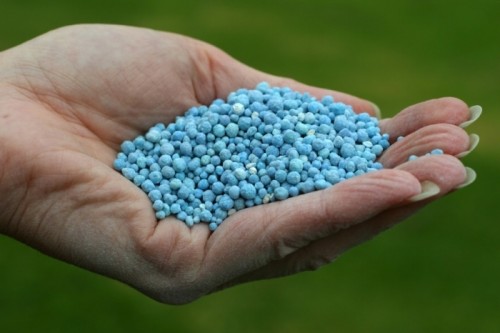

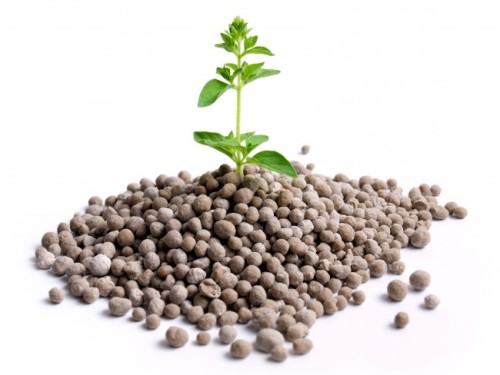
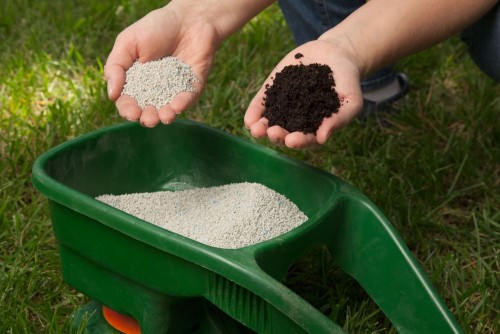




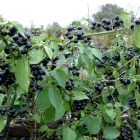





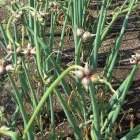

 Start a discussion ...
Start a discussion ...